There are several opportunities for investors to earn from bonds, equities, ETFs, etc. Let’s see what Jeff Zananiri has to say!
The entire stock market collapsed last year as concerns of a worldwide pandemic increased, and several aggressive traders opted for a long-term turnaround of the primary upswing.
While it may seem logical to protect or insure earnings for many years, the chart below indicates that investors may have more time to plan their exit points.
The dividend aristocracy is among the business segments that could draw particular attention in the upcoming days.
Check out how you can safely invest to round up your portfolio.
A rare mix of prosperity and success is reflected by businesses who have earned and raised profits for at least 25 straight years. They can become groups that will drive the market once again.
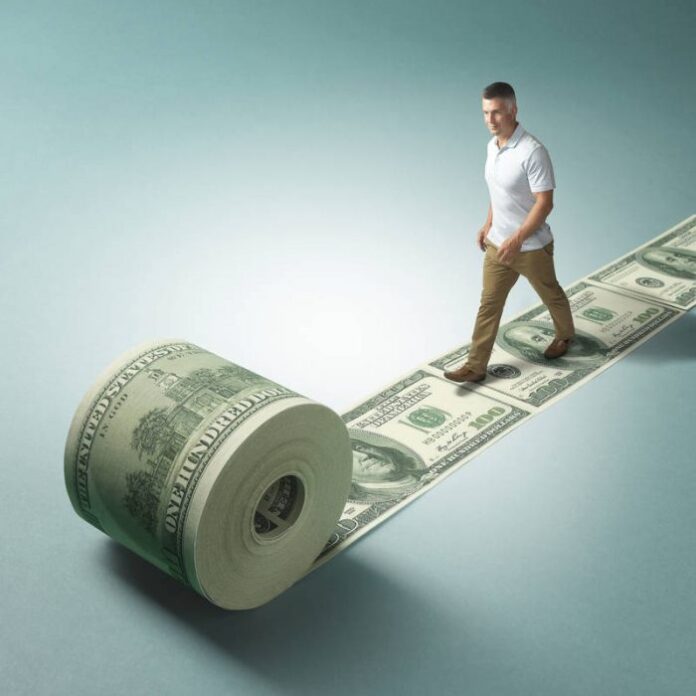
Guaranteed Income
Investors seeking profit tend to investigate companies with a stable long-term track record of dividend growth. By definition, these companies, known as dividend aristocrats, must show consistent and significant annual increases in dividends for at least 25 years.
Dividend aristocrats tend to operate in industries such as consumer products and healthcare, which tend to thrive in various economic settings.
Jeff Zananiri shares his ideas on the guaranteed income via dividend-paying stocks. Be sure to check it out!
What is a Dividend?
Dividends are payouts determined by the board of directors of a company to distribute guaranteed profits of the company to a category of shareholders.
Ordinary shareholders of dividend-paying companies are entitled as long as they own shares before the dividend date. It is possible to pay dividends in liquid cash or equity bonds.
Dividends are rewards for shareholders paid by public firms as a profit.
Typically, dividends are followed by a corresponding rise or decline in the market value of the firm.
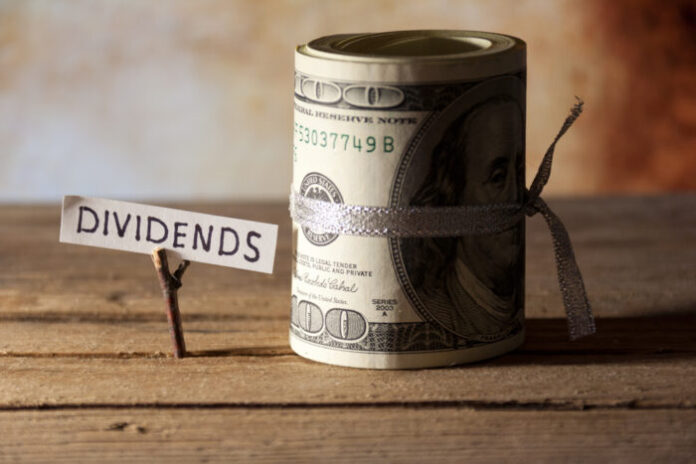
Everything about Dividends
Shareholders must approve dividends with voting rights. Even if dividend payments are the most popular, dividend payments may also be provided in securities and other resources. In contrast to corporations, numerous investment funds and ETFs also pay dividends.
Dividends are a performative benefit to stockholders for investing in the company’s shares, generally from the business’s cumulative profitability.
Although most of the earnings are retained in the company as retained earnings, the retained earnings represent funds used for the business’s current and future operations.
The remainder can be passed on to shareholders as dividends. Sometimes, even if companies do not make adequate profits, they can still pay dividends. They can do this to keep up with regular dividends.
The board of directors may decide to pay dividends according to different payment ratios and different time frames. Dividends can be paid on schedule (for example, monthly, quarterly, or annually).
For example, Wal-Mart (WMT) and Unilever (UL) regularly pay quarterly dividends.
Companies can also issue special one-time dividends individually or in addition to planned dividends.
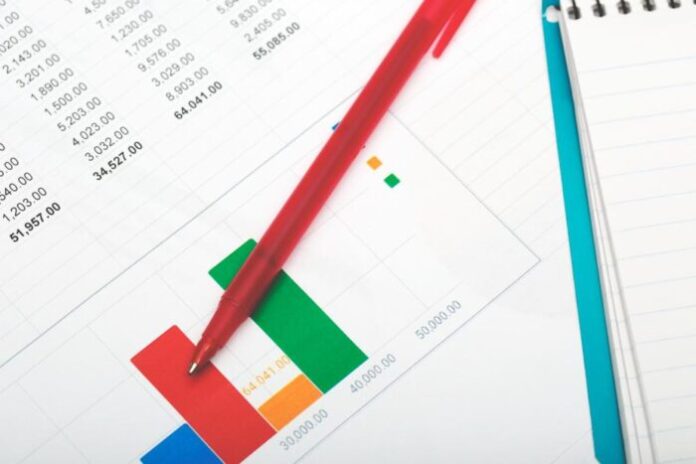
Why Do Companies Pay Dividends?
Companies pay dividend payouts for a variety of reasons. These reasons may have various impacts and explanations for shareholders and investors.
Shareholders can expect a dividend that will reward their confidence in the company. The company’s management can respect this point of view by providing reliable data on dividends payment.
Dividend payments have a positive effect on the business and help maintain investor confidence. Shareholders also prefer dividends, as in many countries, dividends are considered tax-free income for shareholders.
In contrast, capital gains made by selling higher shares are regarded as taxable income. Traders looking for short-term profits may prefer to pay dividends that can immediately earn tax-free profits.
Statements of high-value dividends can show that the firm is doing very well and getting decent profits.
However, it also demonstrates that perhaps the company does not even have the appropriate initiatives to produce better gains in the coming years. So it pays investors rather than investing more money in development.
If the company has a long history of paying dividends, reducing or canceling the dividend amount can signal investors that it is in trouble.
Investment scams are rising nowadays. Check this out to know how to spot scams immediately.
Decisions to reduce the number of dividends or refuse to pay dividends will not necessarily be bad news. Given its financial situation and operating conditions, the company management may have a better investment plan.
For example, company management may decide to invest in a project with high returns. In the long term, the project can increase shareholder profitability compared to modest dividend earnings.
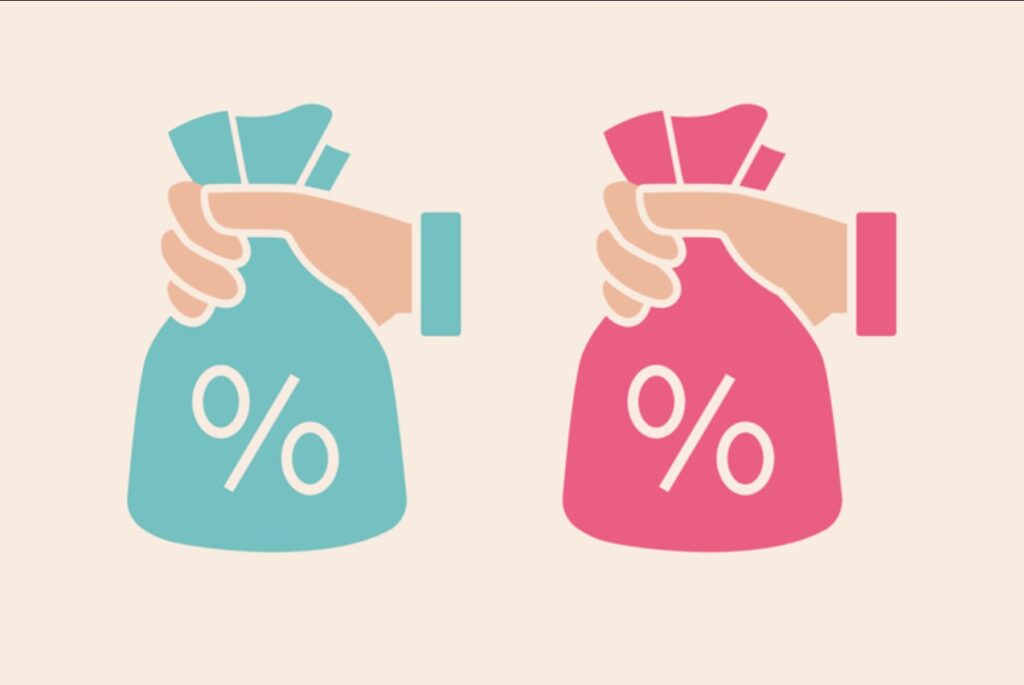
Dividend-Paying Investments
Investors could use the cash dividend to evaluate the rate of return, expressed as a percentage of the firm’s global market value, to assess various stocks based on a dividend’s efficiency.
The corresponding output can also be calculated regardless of the quantity earned in dividends per share (DPS). In addition to the dividend yield, another critical performance indicator for evaluating the return generated by investment is the total return.
This figure includes interest, dividends, and stock price increases, as well as other capital gains.
Taxes are another important consideration when investing in dividend income. When a jurisdiction allows a tax rate to be applied to lower the dividends than the average tax rate, investors in the highest tax class will prefer dividend-paying stocks.
For example, Greece and Slovakia impose lower taxes on shareholder dividend income, while Hong Kong’s dividend income is tax-free.
What Is a Dividend Aristocrat?
Dividend aristocrats are companies that continue to pay shareholders dividends and increase the dividend scale year after year.
Suppose a company has continued to increase dividends for at least the last 25 years. In that case, it can be considered a dividend aristocrat. Some aristocratic dividend fanatics judge them based on other factors, such as company size and liquidity.
In short,
- When a corporation raises dividends for at least 25 straight years, it is an aristocrat of dividends.
- They are mostly big, well-established businesses that no longer experience excessive success.
- Most companies can withstand a recession to a great extent and make steady profits through thick and thin.

Everything about Dividend Aristocrat
There are relatively few companies with high dividends, and their businesses tend to be very stable. They tend to have anti-recession products that can remain profitable and pay dividends even when other companies struggle.
Usually, there are less than 100 additional aristocrats at a time.
Startups and highly skilled individuals rarely pay dividends. The management team prefers to reinvest all revenue in operations to help maintain above-average growth. Some startups even suffered net losses and had no cash to pay dividends.
In general, large, mature companies with predictable returns tend to generate better dividends. Many people do not have substantial and regular increases or skyrocketing stock prices. These companies tend to spend dividends regularly as another way to reward their shareholders.
Dividend Yield
The dividend yield (measured as a ratio) is the profitability ratio (dividend: price) with the stock price, reflecting the company’s dividends annually.
The dividend: Price ratio is the inverse of the dividend yield.
- The dividend rate (expressed as a percentage) is when a company pays to shareholders for its shares divided by the current share price.
- Mature companies often pay dividends.
- Utilities and consumer staples generally have a higher dividend yield.
- Real Estate Investment Funds (REITs), Limited Partnerships (MLPs), and Development Companies (BDCs) pay above-average dividends. However, dividends from these companies are subject to higher tax rates.
- Investors need to remember that a higher dividend yield does not always mean an attractive investment opportunity. Falling share prices can increase the dividend yield on stocks.
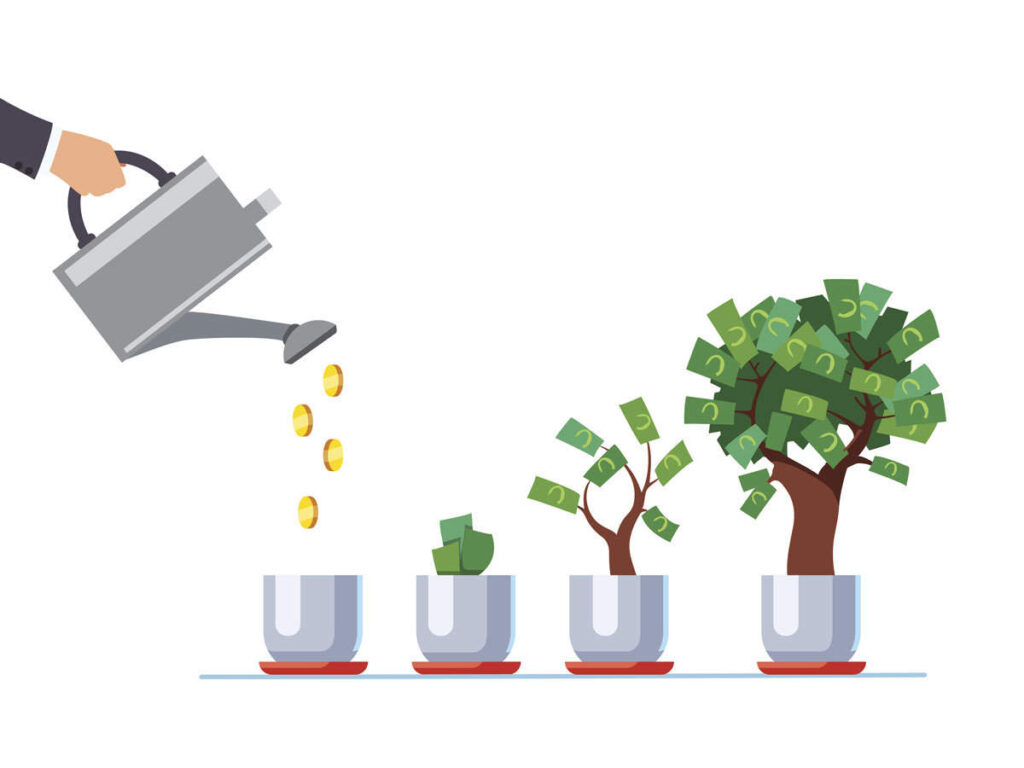
Everything about Dividend Yield
The dividend yield is an estimate of the dividend yield on an investment in stocks only. Assuming the dividend will neither increase nor decrease as the share price falls, the return will increase.
On the contrary, when the stock price rises, the profit declines. As dividend yields fluctuate with the stock price, dividend yields tend to look unusually high on depreciating stocks.
The average dividend paid by a relatively small but fast-growing new company may be less than that of a mature company in the same industry.
In general, mature companies will earn the highest dividend yield. Non-cyclical consumer stocks that sell major commodities or tools are examples of the industry’s highest average returns.
Although the dividend yield for tech stocks is far below average, tech stocks are not compensated by the general dividend that extends to mature firms.
The dividend yield might not have any evidence on what returns the business pays in some situations. The estimated dividend yield on the mutual fund industry (REIT), for instance, is relatively high.
This is expected dividend earnings, fortunately. The difference with eligible dividends is that the former must be taxed as ordinary income and the latter as capital gains.
Increased tax liability on the company’s ordinary dividends will reduce the sufficient income that investors have earned. Even after tax adjustments, REITs, MLPs, and BDCs will continue to pay dividends on above-average returns.
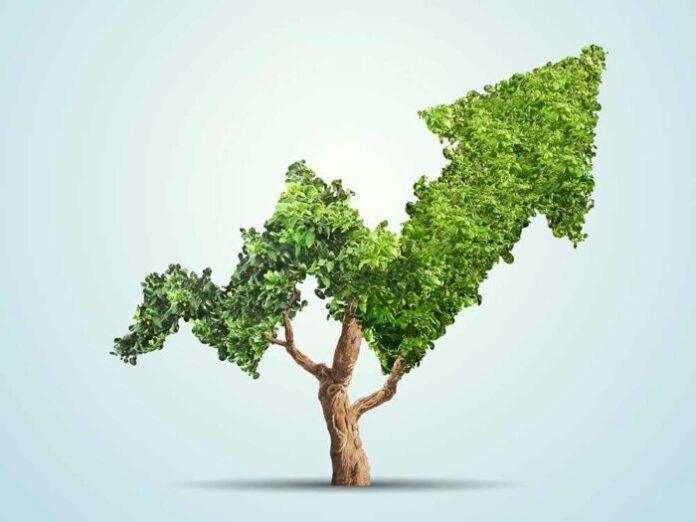
Conclusion
Changes in interest rates will affect high-dividend stocks’ prices in interest-rate sensitive industries, such as utilities, pipelines, telecommunications, and real estate mutual funds.





![Calgary’s Hottest Neighborhoods for Luxury Homebuyers [2024]](https://thewashingtonote.com/wp-content/uploads/2024/04/Calgary-324x160.png)



